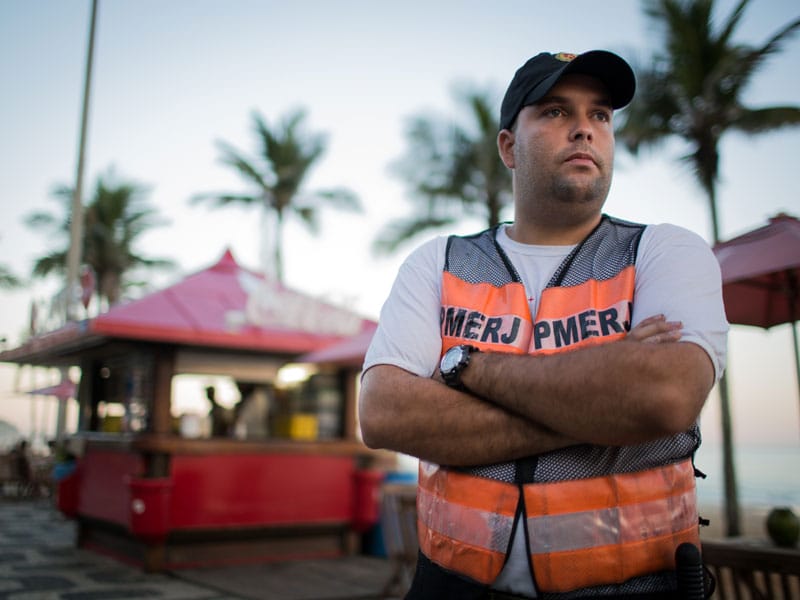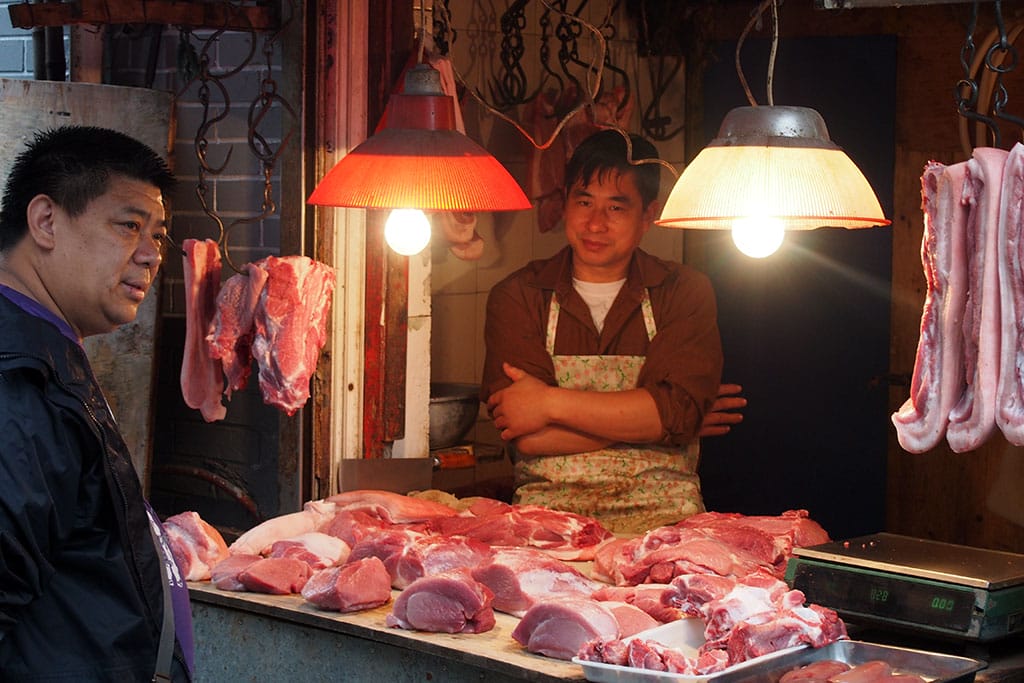Dear Culinary Backstreets,
What is the situation in Rio de Janeiro these days in terms of personal safety? Is it dangerous for foreigners, or can we explore the city beyond the beachside Ipanema hotels?
Rio de Janeiro is a city with two very divergent reputations. On the one hand, gringos know the city through ultraviolent films like City of God and seemingly endless news stories on shootouts between drug traffickers and police in the city’s makeshift favelas. On the other hand, it’s a seaside Carnival paradise as carefree as Carmen Miranda, swarming with deep-pocketed offshore oil workers and booming with new hotel and infrastructure construction leading up to the 2014 World Cup and 2016 Summer Olympics. What gives?
The truth is somewhere in the middle. Although Rio does in fact have serious public security issues, it is a very safe city for visitors who take a few rules to heart.
1) Be aware of your surroundings
It may sound obvious, but pay attention to your whereabouts. Is there pedestrian traffic on the street? Are you the only person on the block? Rio is a tropical city with summer-like weather almost year-round that invites you to explore its beaches, mountains and forest. Cariocas enjoy life outside and you should join them.
2) Keep an eye on your belongings
The Generation Y habit of leaving your mobile phone on the table as you eat is, frankly, bobagem (“foolishness”) here. Keeping your belongings in your pants pockets is also bobo. Snicker all you like, but male cariocas carry their valuables in fanny packs – an unflattering accessory whose awkwardness is partly offset by Brazilians’ use of the stylish French word pochette for it. Cariocas will even wear them with their sungas (speedos). Even with these precautions, it’s best to only head out with what you really need.
3) No possessions are worth putting yourself at risk
If you unfortunately should find yourself in the situation of being robbed, give up every belonging you have immediately. Sadly, Rio has far too many stories of robberies that take a turn for the worse when the victim resists.
4) Choose the safest transport
Take the metro or cabs at night and in neighborhoods with little foot traffic. Registered yellow cabs are safe and dutifully run on meters (kindly point to the meter if the taxista doesn’t start it on his own); paying for them is worth it. Vans of varying states of legality also cruise the city and are a tempting way to zip through traffic – but we suggest you avoid them. While many cariocas regularly use vans to get to and from work, they are less well regulated and are open opportunities for robbery.
5) Communicate with those around you
If something makes you nervous or you are unsure about where you are going, ask a beige-uniformed Municipal Guard or any Brazilian on the street. Take advantage of the fact that throngs of cariocas are enrolling in English classes and will be happy to chat with you.
6) Most favelas are actually fine
Hundreds of thousands of cariocas live, work in and transit through Rio de Janeiro’s hillside squatter settlements every day – and you’re welcome to join them. The city has begun an innovative community policing program called “Pacifying Police Units” (UPPs), the goal of which is to bring calm and security to areas once controlled by drug traffickers. A “pacified” favela poses no more security risk to a visitor than does any other part of Rio (and indeed, these favelas have more police per capita than many of the city’s poshest neighborhoods). An “unpacified” favela with drug dealers also poses little risk to a visitor, but the chance of being mistaken as a potential client means that it’s best to enter in the company of a Portuguese-speaker. If you go to trendy, well-located favelas such as Vidigal or Rocinha, you will not only find that you feel at ease, but that they are practically swarming with hipster gringos taking advantage of affordable rents during Rio’s real estate bubble.
So grab a tasty açaí shake and wear your pochette with pride, and you’ll look so savvy that cariocas will hardly know you’re not one of them. – Taylor Barnes
(photo by Jimmy Chalk)
 July 7, 2016 Ask CB
July 7, 2016 Ask CB
Dear Culinary Backstreets,
I keep hearing buzz about “yangmei” season in Shanghai. […] Posted in Shanghai March 21, 2016 Ask CB
March 21, 2016 Ask CB
Dear Culinary Backstreets, I’m on my way to Tokyo in the next few weeks and wanted to […] Posted in Tokyo October 20, 2015 Ask CB
October 20, 2015 Ask CB
Dear Culinary Backstreets,
I’ve heard about “wet markets,” but what are they exactly? […] Posted in Shanghai
Published on June 13, 2013
Related stories
July 7, 2016
ShanghaiDear Culinary Backstreets, I keep hearing buzz about “yangmei” season in Shanghai. What’s all the fuss about this fruit? What’s in a name? Shakespeare could just as easily have written, “A yángméi (杨梅) by any other name would taste as sweet.” This little red Asian fruit has a plethora of monikers: Myrica rubra, Chinese bayberry,…
Visit the cherry blossoms parties in action on our Tokyo Tour!
March 21, 2016
TokyoDear Culinary Backstreets, I’m on my way to Tokyo in the next few weeks and wanted to enjoy the cherry blossoms at a typical hanami celebration. Where can I find such a celebration, and what kind of food can I expect and where can I find one? We can fully understand why you want to…
October 20, 2015
ShanghaiDear Culinary Backstreets, I’ve heard about “wet markets,” but what are they exactly? And where can I find the best wet markets in Shanghai? Stocked with all the fresh produce and live seafood that hungry Shanghai residents could ever cook up, wet markets are an essential alternative to the brand-name supermarkets vying for their slice…
















































































